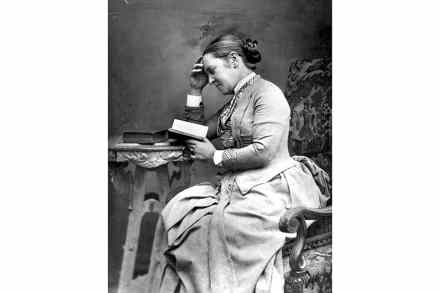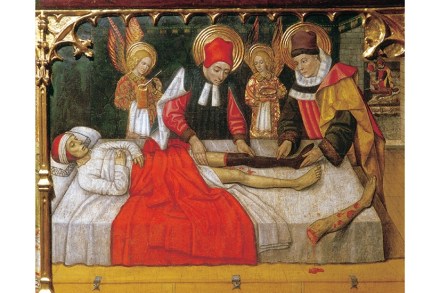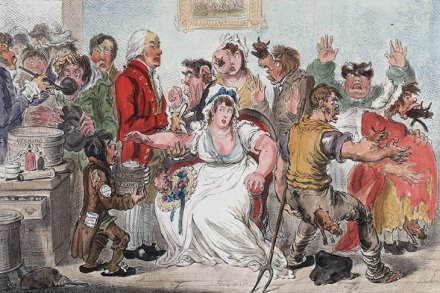There’s much to be said for nostalgia
Michel Barnier, the chief negotiator for the EU Commission, called Brexit an expression of ‘hope for a return to a powerful global Britain, nostalgia for the past’ – a mood that ‘serves no purpose in politics’. Popular historians have echoed his view of nostalgia as a syndrome which affects declining societies such as Great Britain. The yearning for a happier past got Donald Trump elected and may re-elect him; it breeds xenophobia and locks societies into a doom loop of reruns, remakes and Facebook feeds of photographs from olden times. Or does it? Two new histories of nostalgia are sceptical about how pervasive or dangerous it really is. Agnes Arnold-Forster’s








